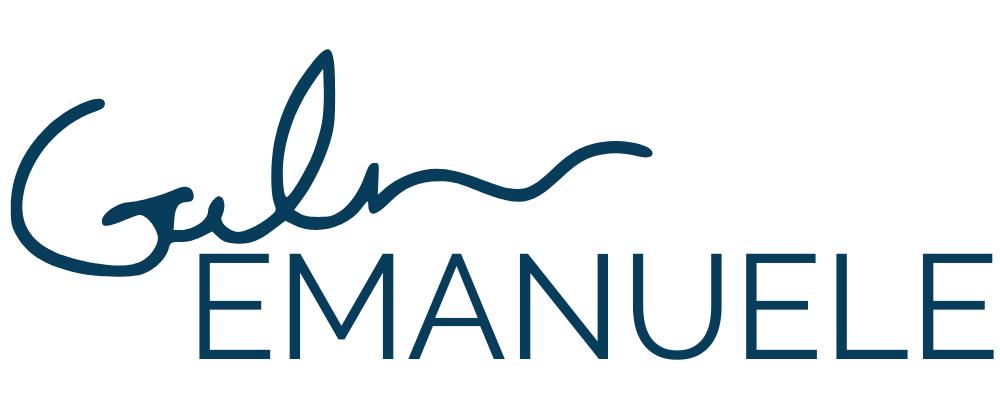How to Build Growth Mindset on Teams
Welcome to the #culturedrop. Every Tuesday, Galen Emanuele emails tools to advance leadership skills, team culture, and personal growth. No spam, just great content. Sign up now to get it in your inbox.
Straight up, people with growth mindsets are good for business and extremely valuable on teams. It’s important for leaders and companies to be having conversations around raising awareness and developing growth mindsets in their people.
What is a growth mindset? Short answer: grit and resilience.
People with growth mindsets are generally more optimistic and proactive in the face of challenges; believing that things will work out. They see obstacles as something to overcome, not barriers that will keep them from succeeding. They’re not shy to admit their faults and imperfections while also being open to feedback and willing to learn and improve. They see change as growth and opportunity rather than the threat of loss. They’re also more willing to take risks and they bounce back quickly from failures.
“People with growth mindsets see themselves as a work in progress as opposed to a finished product.”
People with growth mindsets see themselves as a work in progress as opposed to a finished product. These traits allow them the mental capacity to stretch and grow and develop.
The flip side of this coin is a fixed mindset. Which looks just like the opposite; discouraged by obstacles, see feedback as criticism and damning, resist change, less willing to participate or take risks, view failures as permanent and a reflection of self value.
A great real life example of this is the game of chess. Chess has an extremely steep learning curve. A person with a growth mindset knows that the only way to become even halfway decent at chess is to continue to play and suck and learn, gradually getting better. And losing time and time again without getting discouraged is the journey it takes to get there. Growth mindset says “It’s challenging and possible.” Fixed mindset says “It’s too uncomfortable and frustrating to be worth the effort.”
Vulnerability is key.
A growth mindset is deeply rooted in the ability to be vulnerable, which is closely tied to emotional intelligence, and not something that most of us were commonly taught as children or trained in. Vulnerability requires us to say, “This is new for me,” or “I don’t know how, but I’ll try,” in the pursuit of becoming better. It requires us to show our imperfect selves and risk failing or losing in front of others and not be concerned with how that makes us look.
“People with a fixed mindset have a difficult time improving at anything they aren’t naturally gifted at because they’re afraid to risk looking bad in the process.”
People with a fixed mindset have a difficult time improving at anything they aren’t naturally gifted at because they’re afraid to risk looking bad in the process. Insecurity and a lack of courage are elements of a fixed mindset.
Vulnerability is not weakness, it demands courage. It’s a sign of strength.
Vulnerability is the birthplace of innovation, creativity, and change.
- Brene Brown
For companies, having employees who are open to feedback, not easily discouraged, resourceful and optimistic in the face of challenges, embrace change, and are willing to learn and try and take appropriate risks is a business case that makes itself. Regardless of any employee’s role or function, it is an extremely valuable trait to possess.
So how do you build growth mindsets on your team?
Awareness and understanding are great places to start. Those can be gained through conversations and sharing resources like this blog, or any books or videos that help define and unpack the topic. You can create common language and understanding of what it is and what it means for the team.
In addition, the best way to actually build it is to identify the behaviors of people with growth mindsets, and then focus on developing those specific skills in your people. If you can improve skills and attitudes around specific elements of a growth mindset, then you’re adding one puzzle piece at a time towards a more complete picture.
For any topic you want to address, there are countless books, resources, blogs, videos, and training to explore and dive into.
For example: Feedback
If it’s seen on your team as criticism, a threat, or a personal attack, and feared in general, there’s work to be done to there to build that mindset and capacity.
The process of giving and receiving feedback effectively is a technical skill that leaders and team members can learn. If you increase your ability to do it well, and shift attitudes around feedback on your team then you will have leveled up an aspect of growth mindsets on your team.
Here are four of our blogs about feedback that provide practical skills as well as address a growth mindset approach for teams:
Rinse and repeat this same focus with any other elements of growth mindset that you notice is an area of opportunity for your team; embracing change, facing challenges and obstacles, taking risks, innovation, resilience around setbacks and failures, learning new skills, participation and vulnerability, etc.
Adopting the belief that you are a work in progress and being willing to keep trying until you get there will not only make you a better employee and leader, but a better coworker, friend, partner, and human in general.
It’s ok if you suck at chess, or anything else. Nobody starts perfect at anything. The only way anyone becomes a grandmaster is with a growth mindset. It makes just about anything possible. #yourmove
Want more?
This article was created by Galen Emanuele for the #culturedrop. Free leadership and team culture content in less than 5 minutes a week. Check out the rest of this month's content and subscribe to the Culture Drop at https://bit.ly/culturedrop







